Pilocarpine
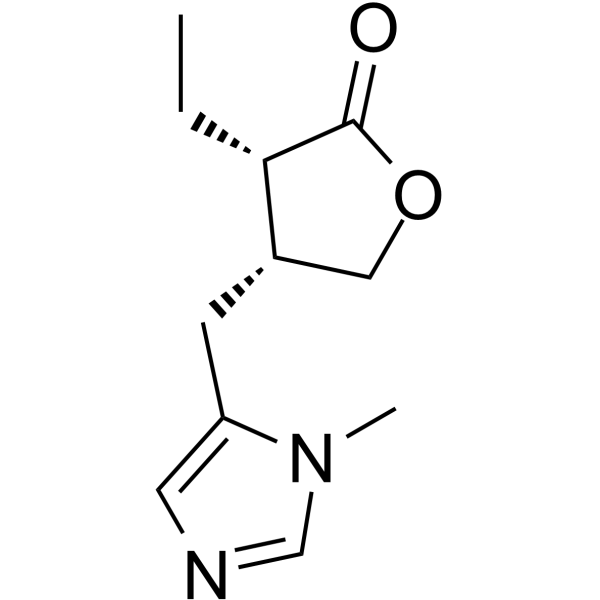
Pilocarpine structure
|
Common Name | Pilocarpine | ||
|---|---|---|---|---|
| CAS Number | 92-13-7 | Molecular Weight | 208.257 | |
| Density | 1.2±0.1 g/cm3 | Boiling Point | 431.8±18.0 °C at 760 mmHg | |
| Molecular Formula | C11H16N2O2 | Melting Point | 34℃ | |
| MSDS | N/A | Flash Point | 215.0±21.2 °C | |
| Symbol |

GHS06 |
Signal Word | Danger | |
Use of PilocarpinePilocarpine is a selective M3-type muscarinic acetylcholine receptor (M3 muscarinic receptor) agonist. |
| Name | (+)-pilocarpine |
|---|---|
| Synonym | More Synonyms |
| Description | Pilocarpine is a selective M3-type muscarinic acetylcholine receptor (M3 muscarinic receptor) agonist. |
|---|---|
| Related Catalog | |
| Target |
M3 muscarinic receptor[1] |
| In Vitro | To evaluate the cytotoxicity of Pilocarpine, the morphology and viability of human corneal stromal (HCS) cells are examined by light microscopy and MTT assay, respectively. Morphological observations show that HCS cells exposed to Pilocarpine at a concentration from 0.625 to 20 g/L exhibit dose- and time-dependent proliferation retardation and morphological abnormality such as cellular shrinkage, cytoplasmic vacuolation, detachment from culture matrix, and eventually death, while no obvious difference is observed between those exposed to Pilocarpine below the concentration of 0.625 g/L and controls. Results of MTT assay reveal that the cell viability of HCS cells decrease with time and concentration after exposing to Pilocarpine above the concentration of 0.625 g/L (P<0.01 or 0.05), while that of HCS cells treated with Pilocarpine below the concentration of 0.625 g/L show no significant difference to controls[2]. The partial muscarinic agonist, Pilocarpine, evokes concentration-dependent relaxation with an EC50 of 2.4 mM in isolated segments of rat tail artery that were constricted with Penylephrine (10 to 200 nM)[3]. |
| In Vivo | The Pilocarpine-induced saliva secretion of the control rats (CN) and exercised (EX) rats is examined. A significantly greater amount of saliva is induced by Pilocarpine in the EX rats than in the CN rats (P<0.01). Conversely, the Na+ concentration in the saliva of the EX rats is significantly lower than that of the CN rats (P<0.05)[1]. |
| Cell Assay | Cell viability is determined by MTT assay. Briefly, HCS cells are inoculated into a 96-well culture plate (Nunc) at a density of 1×104 cells/100 µL/well, and are cultured and treated. At a 4h interval, the Pilocarpine (0.625 to 20 g/L)-containing medium is replaced entirely with 100 µL serum-free DMEM/F12 medium containing 1.0 g/L MTT, and the cells are incubated at 37°C in the dark for 4h. After the MTT-containing medium is discarded with caution, 150 µL DMSO is added to dissolve the produced formazan crystals at 37°C in the dark for 15 min, and the absorbance at 490 nm is measured with a Multiskan GO microplate reader[2]. |
| Animal Admin | Rats[1] Male, 10-week-old Wistar rats are assigned to one of two groups, exercise (EX, n=6) and control (CN, n=6). The EX rats are kept for 40 days in cages with a running wheel (SN-451), allowing them to undertake voluntary exercise, while the CN rats are kept in cages with the running wheel locked. On the 40th day, Pilocarpine-induced saliva is measured as follows. Briefly, the rats are anesthetized, preweighed cotton was placed in their mouths sublingually, and Pilocarpine (0.5 mg/kg) is intraperitoneally injected to induce saliva secretion. Each cotton ball is then changed every 10 min for 1 h. The collected cotton balls are weighed again, and the mass of saliva secreted is calculated by subtracting the initial from the final weight. |
| References |
| Density | 1.2±0.1 g/cm3 |
|---|---|
| Boiling Point | 431.8±18.0 °C at 760 mmHg |
| Melting Point | 34℃ |
| Molecular Formula | C11H16N2O2 |
| Molecular Weight | 208.257 |
| Flash Point | 215.0±21.2 °C |
| Exact Mass | 208.121185 |
| PSA | 44.12000 |
| LogP | -0.09 |
| Vapour Pressure | 0.0±1.0 mmHg at 25°C |
| Index of Refraction | 1.585 |
CHEMICAL IDENTIFICATION
HEALTH HAZARD DATAACUTE TOXICITY DATA
|
| Symbol |

GHS06 |
|---|---|
| Signal Word | Danger |
| Hazard Statements | H300 + H330 |
| Precautionary Statements | P260-P264-P284-P301 + P310-P310 |
| Hazard Codes | T+: Very toxic; |
| Risk Phrases | 26/28 |
| Safety Phrases | 25-45 |
| RIDADR | UN 1544 |
| Packaging Group | III |
| Hazard Class | 6.1(b) |
| Precursor 10 | |
|---|---|
| DownStream 4 | |
|
Function of inhibitory micronetworks is spared by Na+ channel-acting anticonvulsant drugs.
J. Neurosci. 34(29) , 9720-35, (2014) The mechanisms of action of many CNS drugs have been studied extensively on the level of their target proteins, but the effects of these compounds on the level of complex CNS networks that are compose... |
|
|
Impairment of GABA release in the hippocampus at the time of the first spontaneous seizure in the pilocarpine model of temporal lobe epilepsy.
Exp. Neurol. 257 , 39-49, (2014) The alterations in GABA release have not yet been systematically measured along the natural course of temporal lobe epilepsy. In this work, we analyzed GABA extracellular concentrations (using in vivo... |
|
|
Dynamics of hippocampal acetylcholine release during lithium-pilocarpine-induced status epilepticus in rats.
J. Neurochem. 131(1) , 42-52, (2014) The lithium-pilocarpine model is a rat model of epilepsy that mimics status epilepticus in humans. Here, we report changes of acetylcholine (ACh) release in the hippocampus before, during and after st... |
| ocusertp20 |
| PILOCARPINE |
| pilokarpol |
| 3-ethyl-4-((1-methyl-1H-imidazol-5-yl)methyl)dihydro-2(3H)-furanone |
| Pilocarpol |
| 2(3H)-Furanone, 3-ethyldihydro-4-[(1-methyl-1H-imidazol-5-yl)methyl]- |
| EINECS 202-128-4 |
| 3-Ethyl-4-[(1-methyl-1H-imidazol-5-yl)methyl]dihydro-2(3H)-furanone |
| Pilocarpin |
| Syncarpine |
| Pilokarpin |
| Ocucarpine |
| Ocusert |
| MFCD00153042 |
| actone |
![3-ethyl-dihydro-4-[(1-methyl-1H-2-mercaptoimidazol-5-yl)methyl]-2(3H)-furanone Structure](https://image.chemsrc.com/caspic/005/858221-10-0.png) CAS#:858221-10-0
CAS#:858221-10-0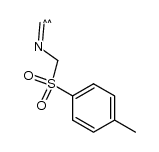 CAS#:38622-91-2
CAS#:38622-91-2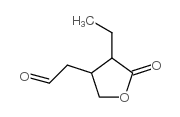 CAS#:144128-27-8
CAS#:144128-27-8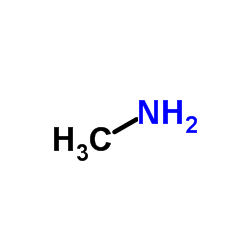 CAS#:74-89-5
CAS#:74-89-5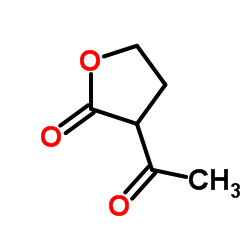 CAS#:517-23-7
CAS#:517-23-7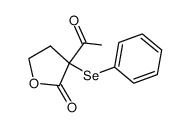 CAS#:85217-83-0
CAS#:85217-83-0 CAS#:120230-62-8
CAS#:120230-62-8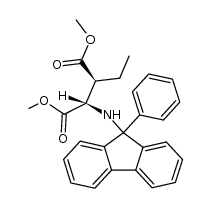 CAS#:120230-65-1
CAS#:120230-65-1![Butanedioic acid, 2-bromo-3-ethyl-, 4-methyl ester, [S-(R*,S*)]- (9CI) Structure](https://image.chemsrc.com/caspic/373/146499-97-0.png) CAS#:146499-97-0
CAS#:146499-97-0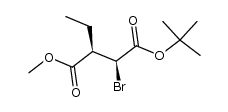 CAS#:146499-98-1
CAS#:146499-98-1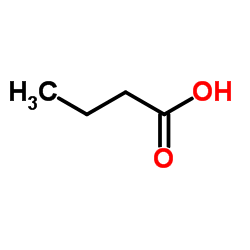 CAS#:107-92-6
CAS#:107-92-6 CAS#:10447-93-5
CAS#:10447-93-5
